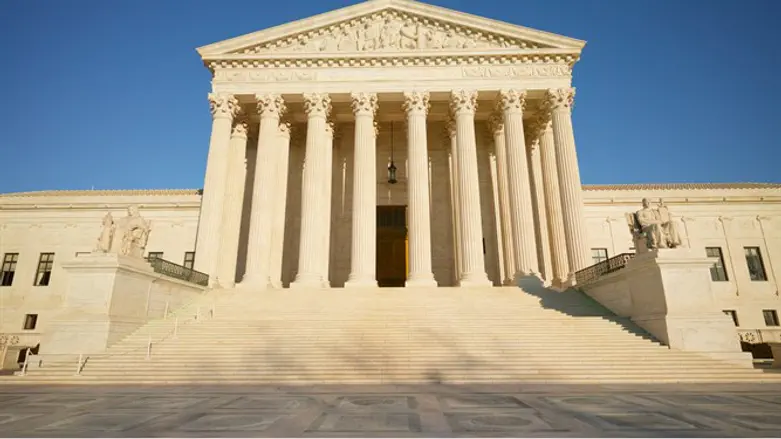
When President Donald Trump took office this January, one of his first duties was to fill the vacancy on the United States Supreme Court left by Reagan appointee Antonin Scalia, making him the first post-World War II president – and the first since Calvin Coolidge in 1923 – to enter office with an open seat on the court.
Nor does Trump’s first Supreme Court pick – Neil Gorsuch – appear to be the only opportunity he’ll get to shape the court in his first year in office.
Washington is abuzz with talk that a second vacancy could open up on the court this year, perhaps before the end of the summer.
Anthony Kennedy, another Reagan appointee and the most senior associate justice since Scalia’s passing, will be turning 81 next month, making him the second oldest person on the court, after Clinton appointee Ruth Bader Ginsburg, 84.
Kennedy has served on the court since 1988, and after 29 years on the bench, there are signs the justice could be preparing to step down this year, with an announcement possible this summer – perhaps even as early as today, when the Supreme Court holds its last public session of the season before its summer recess.
A number of Kennedy law clerks have said they believe Kennedy is planning to retire in the near future, most likely sometime in the coming year, Fox News and The Wall Street Journal have reported.
Senate Judiciary Committee Chairman Chuck Grassley (R-Iowa) said in April that he “would expect a resignation this summer”, fueling speculation that Kennedy may be prepared to announced his departure at the final court session on Monday.
If Kennedy does decide to retire, it could set the stage for a radical shift in the court’s composition.
Despite being a Reagan appointee, Kennedy was not a reliably conservative voice on the bench, becoming a swing-vote on many narrow 5-4 decisions, including the landmark 2015 Obergefell v. Hodges decision, in which Kennedy wrote the majority opinion, ruling gay marriage a constitutional right and nullifying state prohibitions on recognizing same-sex marriages.
After Senate Republicans employed the so-called “nuclear option” earlier this year, ending the 60-vote requirement for Supreme Court nominees, a new Trump nominee to replace Kennedy could be passed without any Democratic votes. That would enable Trump to choose a staunch conservative, shifting the court’s current composition from four conservatives, four liberals, and one swing-vote to five conservatives and four liberals.
